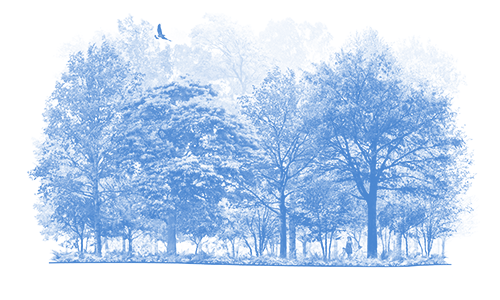








On warm summer evenings, Common Nighthawks roam the skies over treetops, grasslands, and cities. Their sharp, electric peent call is often the first clue they’re overhead. In the dim half-light, these long-winged birds fly in graceful loops, flashing white patches out past the bend of each wing as they chase insects. These fairly common but declining birds make no nest. Their young are so well camouflaged that they’re hard to find, and even the adults seem to vanish as soon as they land.
Common Nighthawks eat flying insects almost exclusively. The Common Nighthawk hunts on the wing at dawn and dusk, opening its tiny beak to reveal a cavernous mouth well suited for snapping up flying insects. It often takes advantage of clouds of insects attracted to streetlamps, stadium lights, and other bright lights. Nighthawks eat queen ants, wasps, beetles, caddisflies, moths, bugs, mayflies, flies, crickets, grasshoppers, and other insects. They may also eat a small amount of vegetation. Though they forage in low light, they seem to locate prey by sight, possibly with the help of a structure in their eyes that reflects light back to the retina to improve their night vision. They occasionally forage during the day in stormy weather, but seem to never forage at night. Common Nighthawks may forage near the ground or water, or more than 500 feet into the sky.
Common Nighthawks nest in both rural and urban habitats including coastal sand dunes and beaches, logged forest, recently burned forest, woodland clearings, prairies, plains, sagebrush, grasslands, open forests, and rock outcrops. They also nest on flat gravel rooftops, though less often as gravel roofs are being replaced by smooth, rubberized roofs that provide an unsuitable surface. During migration, Common Nighthawks stop in farmlands, river valleys, marshes, coastal dunes, and open woodlands. Their South American wintering habitat is not well known.
The female probably selects the nest site, usually on unsheltered ground, gravel beaches, rocky outcrops, and open forest floors. Nests are typically out in the open, but may also be near logs, boulders, grass clumps, shrubs, or debris. In cities, Common Nighthawks nest on flat gravel roofs.
Common Nighthawks lay eggs directly on the ground, which may consist of gravel, sand, bare rock, wood chips, leaves, needles, slag, tar paper, cinders, or living vegetation, such as moss, dandelion rosettes, and lichens.